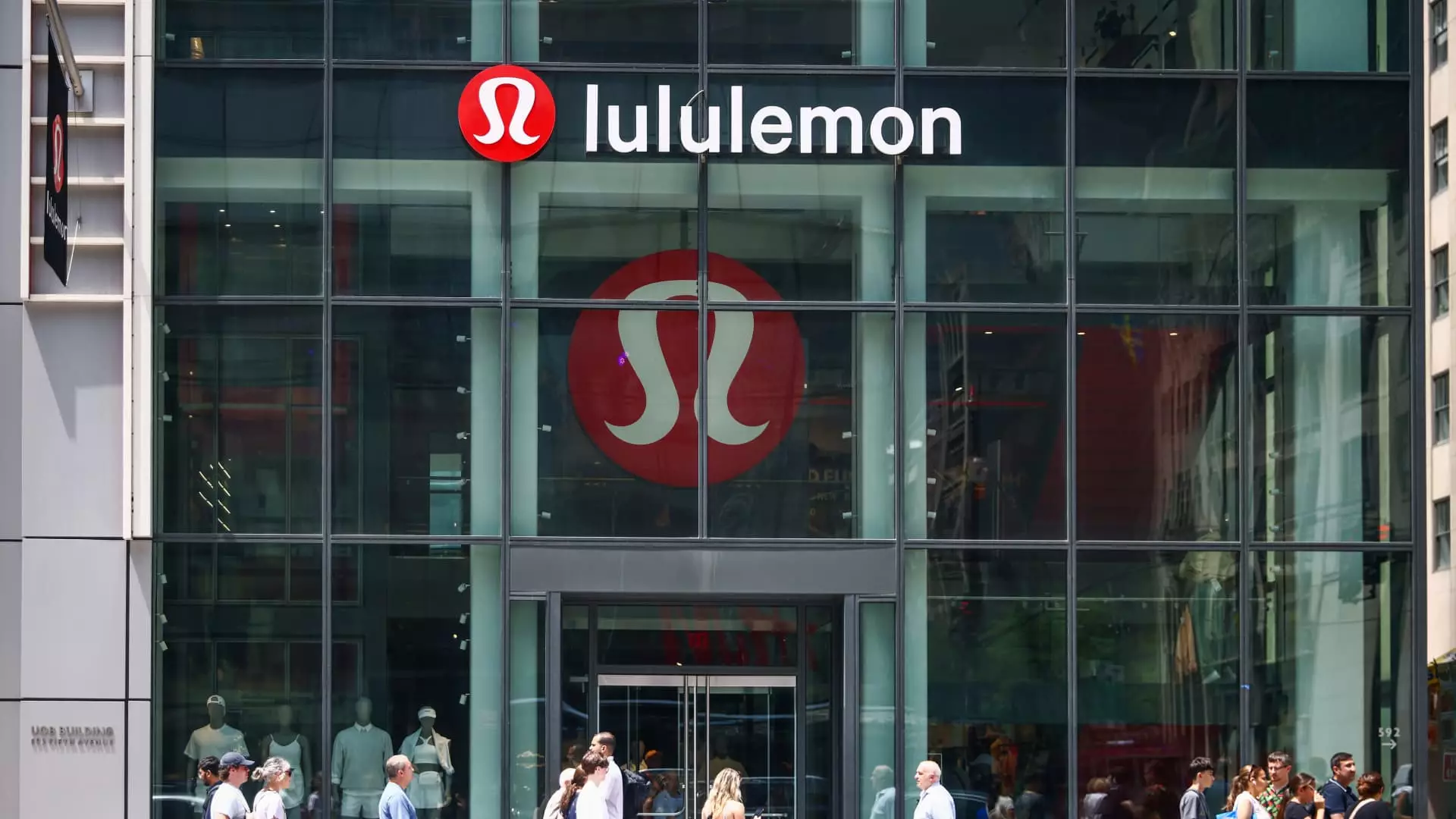On February 2, Lululemon announced its fiscal fourth-quarter performance, showcasing earnings per share that outstripped Wall Street’s expectations. At $6.14, it was a solid beat over the anticipated $5.85, along with a revenue of $3.61 billion, above the forecasted $3.57 billion. However, for all its exuberance in showcasing a 13% annual growth in revenue and a growing net income of $748 million, the company’s guidance for 2025 left much to be desired, prompting a stock dip of over 6% in extended trading. This incoherence underlines a critical issue: it’s increasingly evident that just meeting or even exceeding expectations in earnings does not guarantee sustained investor confidence or a robust outlook.
Revenue Growth Masking Underlying Issues
Lululemon’s growth metrics do tell an optimistic story at first glance, like a 2024 revenue surge to $10.59 billion from $9.62 billion in 2023. Yet, this growth is effectively given a greater context because of the added week in Lululemon’s fiscal calendar. When you disentangle the effects of this extra week, the organic rise in revenue from the previous year is merely 8%. What does this say about Lululemon’s overall growth trajectory? The numbers appear inflated, presenting a façade of progress that doesn’t quite withstand scrutiny when benchmarked against industry expectations.
International Growth But Domestic Stagnation
While Lululemon’s international sales boasted an impressive 20% growth, its domestic market reflects an unnerving flatline. Comparable sales in the Americas showed no growth at all, which raises profound concerns regarding the brand’s ability to maintain its foothold in its home territory—a crucial market that holds significance for any major apparel retailer. Is this a sign of a consumer market fatigue with the Lululemon brand, or perhaps an indication that the company’s premium pricing doesn’t resonate as well with North American consumers?
Disappointing Future Projections
Venturing into the projections for the first quarter and subsequent fiscal year, Lululemon appears to have taken a cautious stance. The projected revenue range of $2.34 billion to $2.36 billion falls short of the analyst consensus of $2.39 billion. Furthermore, the 2025 revenue predictions between $11.15 billion and $11.30 billion hover ever so slightly beneath the expected $11.31 billion. This evokes a sentiment of trepidation. Why has a company known for its innovative spirit settled into an all-too-familiar conservative forecast that fails to excite investors?
Investor Sentiment: A Cautionary Take
In an era where brand loyalty can be fleeting and market dynamics shift rapidly, Lululemon risks faltering under the weight of its own expectations. The vibrant narrative around healthy lifestyle choices and empowerment that once captivated consumers seems overshadowed by stagnant U.S. performance and outdated projections that promise just enough while banking on the hope of future growth. Investors and analysts alike should heed these signs carefully; merely exceeding earnings expectations may not be enough to secure Lululemon’s esteemed position in an increasingly competitive landscape. If Lululemon cannot recalibrate its strategies to harness the dynamism that has brought it success, it may find itself struggling to maintain relevance.

